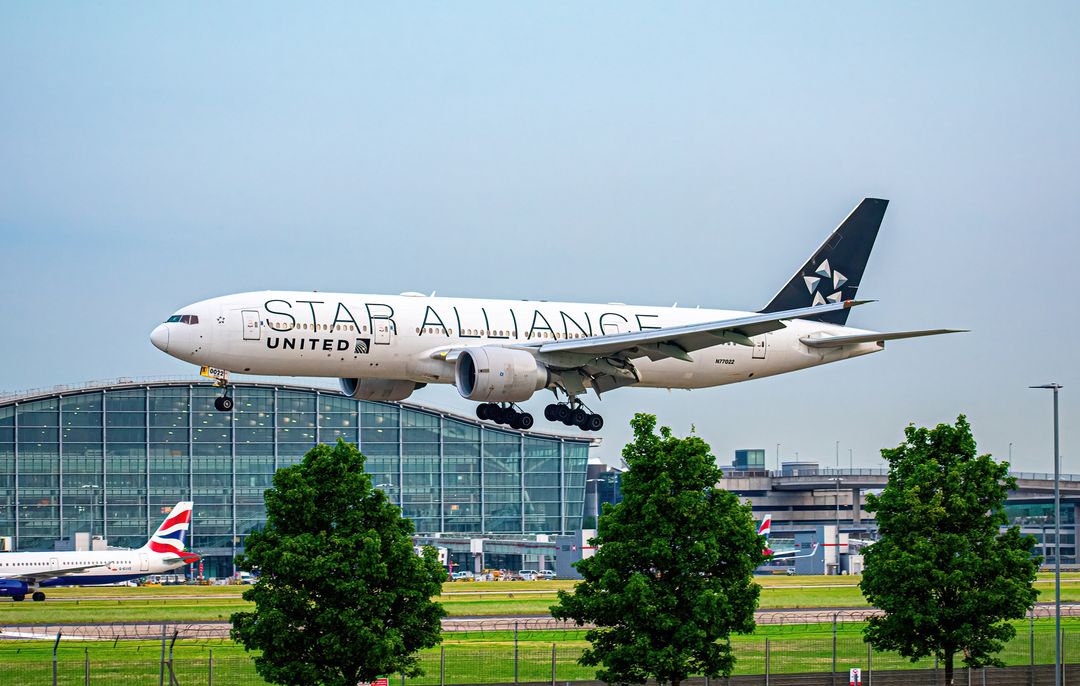With globalization and the expansion of flight routes to every corner of the planet, airlines are attempting to create the best possible passenger experience across different cultures and regions. With this comes the idea of in-flight conveniences, such as food and beverage options. While some airlines offer only small snacks on short flights, others provide full meals and multiple beverage options. However, one of the more controversial flying elements is the presence of alcoholic beverages and the gray area in which they operate.

Consuming alcoholic beverages on an aircraft has a history that dates back to the 1930s. In the early days of the consumer flying experience, high prices and a lack of aircraft left flights to carry an allure of wealth and luxury. As a result, a high standard of dress and sophistication was common for those taking flights, with people dressed in their Sunday best.
With this, many airlines offered fine wines and complementary champagne on the aircraft to comfort the wealthy passengers. However, as the popularity of flights grew, the same high standards would inevitably drop, and the consumer experience became more relaxed. Yet, some of the same traditions still apply, namely the association between serving a “sparkling wine” in first class, available on most domestic and international flights. With shrinkflation becoming a mainstay in the hospitality industry, portions are reported to be smaller than ever. Air France claims it is the only airline offering champagne in all cabins, including the economy.

However, not all airlines offer alcohol in any capacity, citing cultural or religious values as cause for the omission. Most of these airlines originate in predominantly Islamic nations, which typically limit or prohibit alcohol consumption in most settings. These dry airlines include Saudi Arabian Airlines, Egyptair, Iran Air, Royal Brunei Airlines, Kuwait Airways, Air Arabia, Turkish Airlines (domestic routes only), Iraqi Airways, Iran Air, and Jazeera Airways. Other airlines maintain their own restrictions on alcohol availability on board, such as Air Berlin only serving alcohol after 2:00 p.m.
Even on flights where alcohol is available, there are rules available for consumption. Any persons under the legal drinking age of the country of origin or destination can be refused service and any other discretions set upon by the airlines. According to Section 121.575 of the Federal Aviation Regulations (FAR), anyone showing signs of drunkenness or intoxication can be arrested and prosecuted. Typically, the airline will refuse service to the customer and work with the airport on the next legal steps.

According to the science of alcohol digestion, any changes in oxygen level can affect the body’s ability to break down toxins in the blood. At a pressurized 30,000 feet (9,144 meters), the air provided on an airplane contains lower oxygen levels, hence lower oxygen levels in the blood. This would not necessarily affect any health conditions or even alcohol digestion, but it certainly would not help. According to United Airlines, Stella Artois was the beer with the most sales. To play it safe, just stick to the water, coffee, juice, and the assortment of soft drinks on the plane. These are typically complimentary (not on budget airlines) and taste amazing.
Why Gogo is Refusing to Join the 'Starlink Speed Race' — And Why It's Winning Anyway » Bomb Threat Forces Emergency Diversion of IndiGo Flight » 1,000+ Standby Passengers Are Already Listed for Alaska's Inaugural Rome Flight »
Comments (0)
Add Your Comment
SHARE
TAGS
INFORMATIONAL Alcohol In-Flight Meals In-Flight Experience Drinks Meals EconomicsRECENTLY PUBLISHED
 Sixth Global Express Joins FAI Aviation Group Fleet
FAI rent-a-jet has officially announced the expansion of its charter fleet with the addition of a Bombardier Global 6000 (MSN 9546).
NEWS
READ MORE »
Sixth Global Express Joins FAI Aviation Group Fleet
FAI rent-a-jet has officially announced the expansion of its charter fleet with the addition of a Bombardier Global 6000 (MSN 9546).
NEWS
READ MORE »
 1,000+ Standby Passengers Are Already Listed for Alaska's Inaugural Rome Flight
While inaugural flights for major carriers always draw a crowd, the upcoming Seattle (SEA) to Rome (FCO) route is shattering internal records. A staggering 1,080 standby passengers have already listed for the inaugural flight.
NEWS
READ MORE »
1,000+ Standby Passengers Are Already Listed for Alaska's Inaugural Rome Flight
While inaugural flights for major carriers always draw a crowd, the upcoming Seattle (SEA) to Rome (FCO) route is shattering internal records. A staggering 1,080 standby passengers have already listed for the inaugural flight.
NEWS
READ MORE »
 Bomb Threat Forces Emergency Diversion of IndiGo Flight
A security scare mid-air forced an IndiGo flight traveling from Delhi to Siliguri to make an emergency landing at Lucknow’s Chaudhary Charan Singh International Airport on Sunday morning. The diversion was triggered after a handwritten bomb threat was discovered in one of the aircraft's lavatories.
NEWS
READ MORE »
Bomb Threat Forces Emergency Diversion of IndiGo Flight
A security scare mid-air forced an IndiGo flight traveling from Delhi to Siliguri to make an emergency landing at Lucknow’s Chaudhary Charan Singh International Airport on Sunday morning. The diversion was triggered after a handwritten bomb threat was discovered in one of the aircraft's lavatories.
NEWS
READ MORE »



